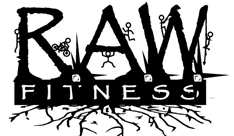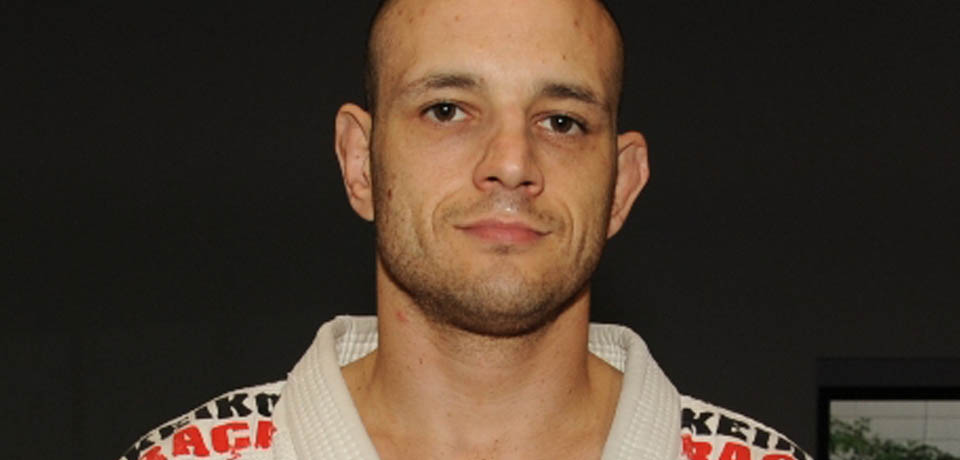Brazilian Jiu-Jitsu emphasizes taking an opponent to the ground and utilizing ground fighting techniques and submission holds involving joint-locks and chokeholds also found in numerous other arts with or without ground fighting emphasis. The premise is that most of the advantage of a larger, stronger opponent comes from superior reach and more powerful strikes, both of which are somewhat negated when grappling on the ground.
BJJ permits a wide variety of techniques to take the fight to the ground after taking a grip. Once the opponent is on the ground, a number of maneuvers (and counter-maneuvers) are available to manipulate the opponent into a suitable position for the application of a submission technique. Achieving a dominant position on the ground is one of the hallmarks of the BJJ style, and includes effective use of the guard position to defend oneself from bottom, and passing the guard to dominate from top position with side control, mount, and back mount positions. This system of maneuvering and manipulation can be likened to a form of kinetic chess when utilized by two experienced practitioners. A submission hold is the equivalent of checkmate in the sport. However, it is possible for a combat situation to continue even after a proper submission is performed.
Renzo Gracie wrote in his book Mastering Jujitsu:
The classical jujutsu of old Japan appeared to have no common strategy
to guide a combatant over the course of a fight. Indeed, this was one of
Kano’s most fundamental and perceptive criticisms of the classical
program.” Maeda not only taught the art of judo to Carlos Gracie,
but also taught a particular philosophy about the nature of combat
developed by Kano, and further refined by Maeda based on his worldwide
travels competing against fighters skilled in a wide variety of martial
arts
The book details Maeda’s theory as arguing that physical combat could be broken down into distinct phases, such as the striking phase, the grappling phase, the ground phase, etc. Thus, it was a smart fighter’s task to keep the fight located in the phase of combat that best suited to his own strengths. Renzo Gracie stated that this was a fundamental influence on the Gracie approach to combat, these strategies were further perfected over time by the Gracies and others, and became prominent in contemporary MMA.


RAW Social Media